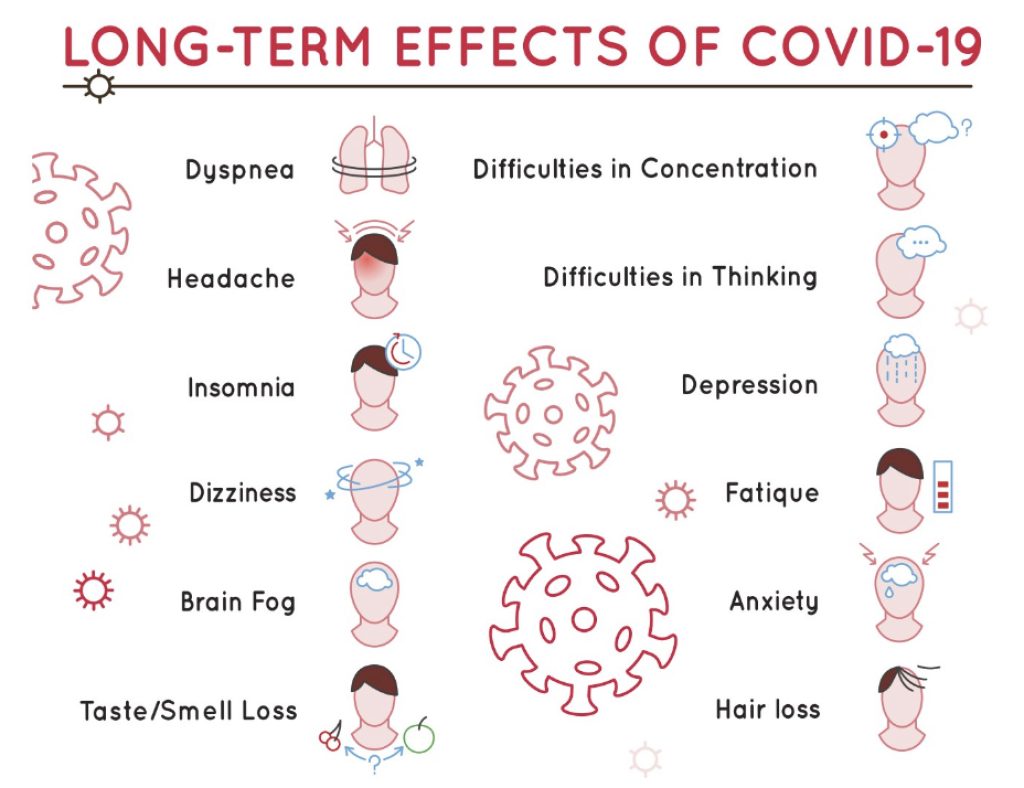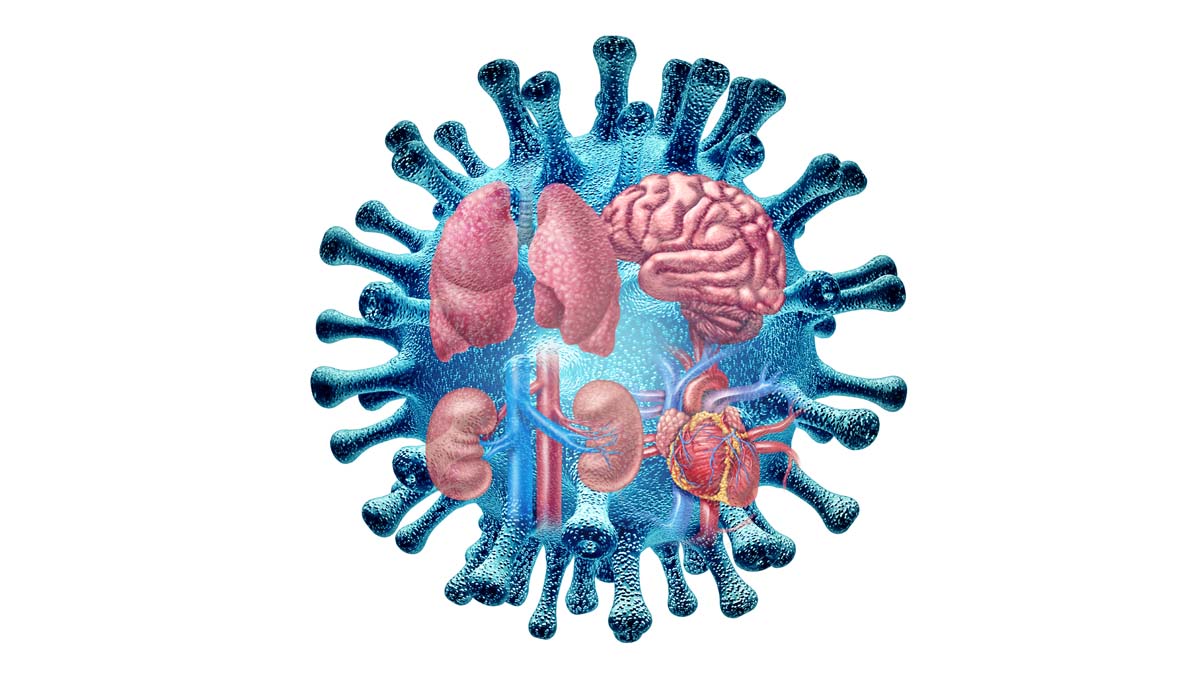As if catching and enduring COVID-19 wasn’t challenging enough, the Centers for Disease Control has discovered that this unpleasant invader is more than happy to take up much longer residence than was originally recognized.
The Household Pulse Survey, done by the CDC’s National Center for Health Statistics, described long COVID as including symptoms that last three or more months after the person starts suffering with COVID, when those symptoms were not present before contracting the virus.
Furthermore, the CDC reported that approximately 79% of those with long-haul COVID complained that the debilitating symptoms were restricting their daily activities and their ability to work. Obtaining disability benefits for this condition, especially for lower-paying jobs, can be both difficult and frustrating.
The CDC also offered some hopeful news: “As coronavirus cases, deaths and hospitalizations have stabilized, long-COVID symptoms have declined from 19% in June of 2022 to 11% in January of 2023. Most people with long-haul COVID symptoms will find them resolved within a year.”
Who Is Most Vulnerable to Long-Haul COVID-19?
- Of the 40% of Americans who have contracted COVID-19, about 7.5%, or 1 in 13, adults will also experience long-haul COVID.
- Younger adults are more susceptible than older adults.
- Women are almost twice as likely to have long COVID than men.
- In order of prevalence, Hispanics are most likely to develop long COVID, followed by whites, Blacks and Asian Americans.
- Bisexual and transgender adults are more prone to long COVID than those with other sexual orientations.
- Long COVID is most prevalent in Kentucky, followed by Alabama, Tennessee and South Dakota. To date, Hawaii, Maryland and Virginia have the fewest cases.
In addition to long-haul COVID-19 overstaying its visit, the National Library of Medicine, a branch of the National Institutes of Health, has identified a lesser-known connection between postural orthostatic tachycardia syndrome, commonly known as POTS, and long COVID, although the specific nature of the relationship is not clearly understood. The data indicates that a significant percentage of COVID-19 survivors will develop POTS within six to eight months of their COVID-19 infection.
This lesser-understood disorder causes some variation of autonomic dysfunction. Its most prominent symptoms include fatigue, dizziness, tachycardia and cognitive impairment. The exact mechanisms of post-COVID-19 POTS are unclear. Typical treatment includes raising sodium intake, wearing compression garments and gradually adding exercise. Beta blockers, specifically propranolol, may be prescribed to slow the heart rate and improve symptoms.
Hayes Barnett, DPT, PT, clinic manager at CORA Physical Therapy in West Ashley, treats long-haul COVID patients who often have increased heart rates and exhaustion or fatigue related to activities of daily living. Other typical symptoms can include shortness of breath or difficulty breathing, headaches and dizziness, chest pain, a cough or fever and joint or muscle pain.
Typical cognitive symptoms are concentration and focusing issues, brain fog, memory problems and insomnia. Barnett sees firsthand his new patients’ depression and frustration at not being able to resume their daily living activities. After a few months of battling COVID symptoms alone, their doctors have referred them for physical therapy treatments.
Barnett is quick to point out that physical therapists are trained to do much more than simply address sports or accident injuries. His COVID patient load consists mostly of middle-aged to senior men and women, but he has also treated youngsters and young adults who are facing the same struggles.
“For seniors, a prior medical history that includes diabetes, a higher BMI or the presence of cardiac issues is significant because long COVID can aggravate existing heart problems. Creating an effective treatment plan becomes that much more important. Also, determining prior capabilities establishes a baseline for treatment,” he explained. “Once we clarify those capabilities, we set up a plan of slow progression toward our patients’ goals, prior activity levels or whatever they are currently working on.”
“As ‘specialists of movement,’ this is what we physical therapist professionals are trained to do. The average long-haul COVID patient who regularly sees us two to three times a week, will observe significant improvement in one to two-and-a-half months,” he added. “If you are trying to regain your former levels of activity, the key is to do a little more each day and build up slowly. Consistently taking baby steps is much more productive in recovery from long COVID than attempting big leaps, and, sometimes, a little professional help from a qualified physical therapist can make a huge difference.”
For more information or to schedule an appointment, email hbarnett1@CORAhealth.com or call 854-202-8371.

By Janet E. Perrigo







